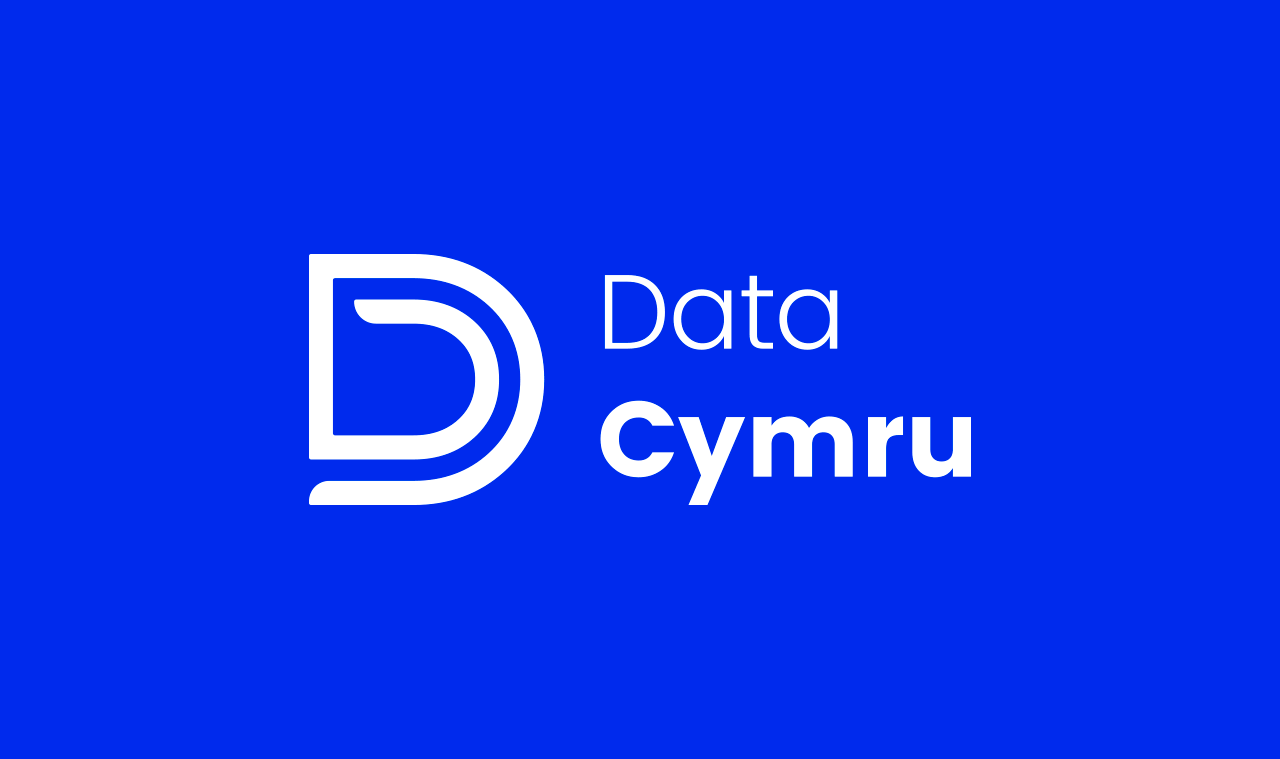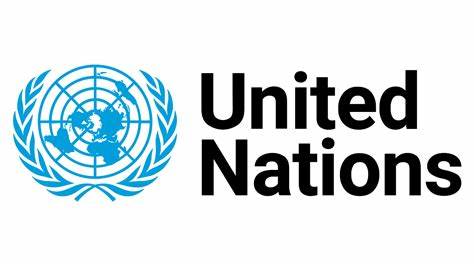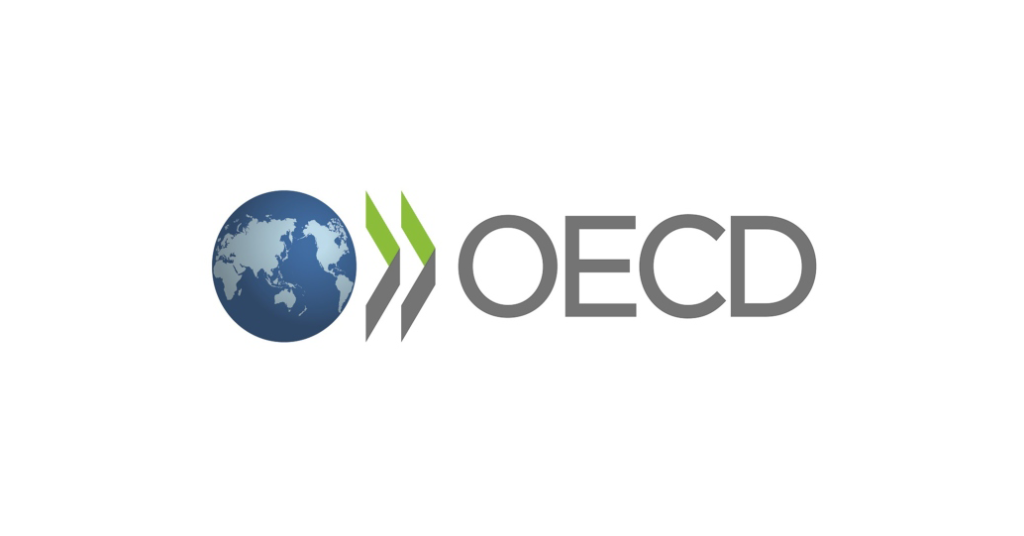Data Portal
National Datasets
The following section features data sets and interactive tools that quantify health inequalities/inequities and their determinants in Wales.
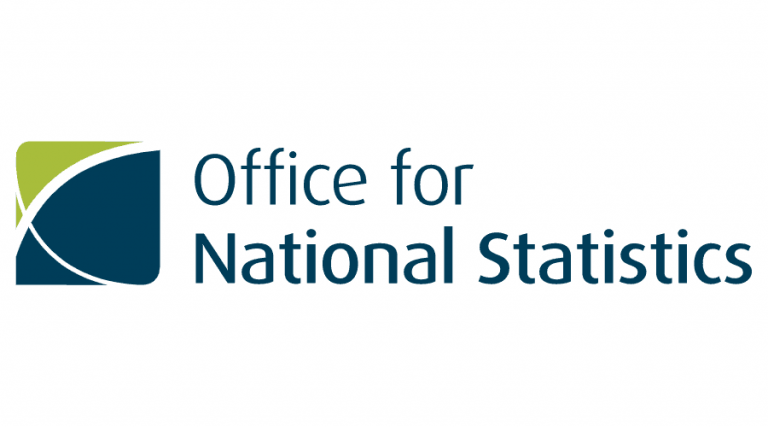
The producer of a wide range of economic, social and population statistics, the ONS publish over 600 releases a year. The ONS also run the Census which takes place once every 10 years – Census data is available through nomis.
International data sources
The following section features data sets and interactive tools that quantify health inequalities/inequities and their determinants across the globe.

The WHO European Health Equity Status Report initiative (HESRi) Health Equity Dataset provides a range of data analyses and visualisations which help provide a deeper understanding of the current status of health inequalities within countries in the European Region. The dataset can also be used to analyse whether there have been significant reductions or increases in these inequities over a given period.
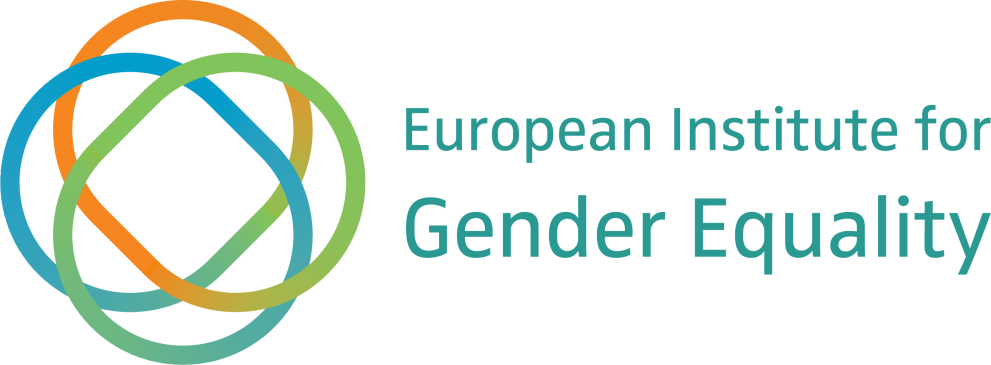
The European Institute for Gender Equality (EIGE) produces independent research and shares best practice to promote gender equality and eliminate discrimination based on gender. The database contains gender statistics from all over the European Union (EU) and beyond, at the EU, Member State and European level. It is aimed at providing statistical evidence which can be used to support and complement the European Commission’s (EC) Strategy on Gender Equality and support the Member States to monitor their progress.
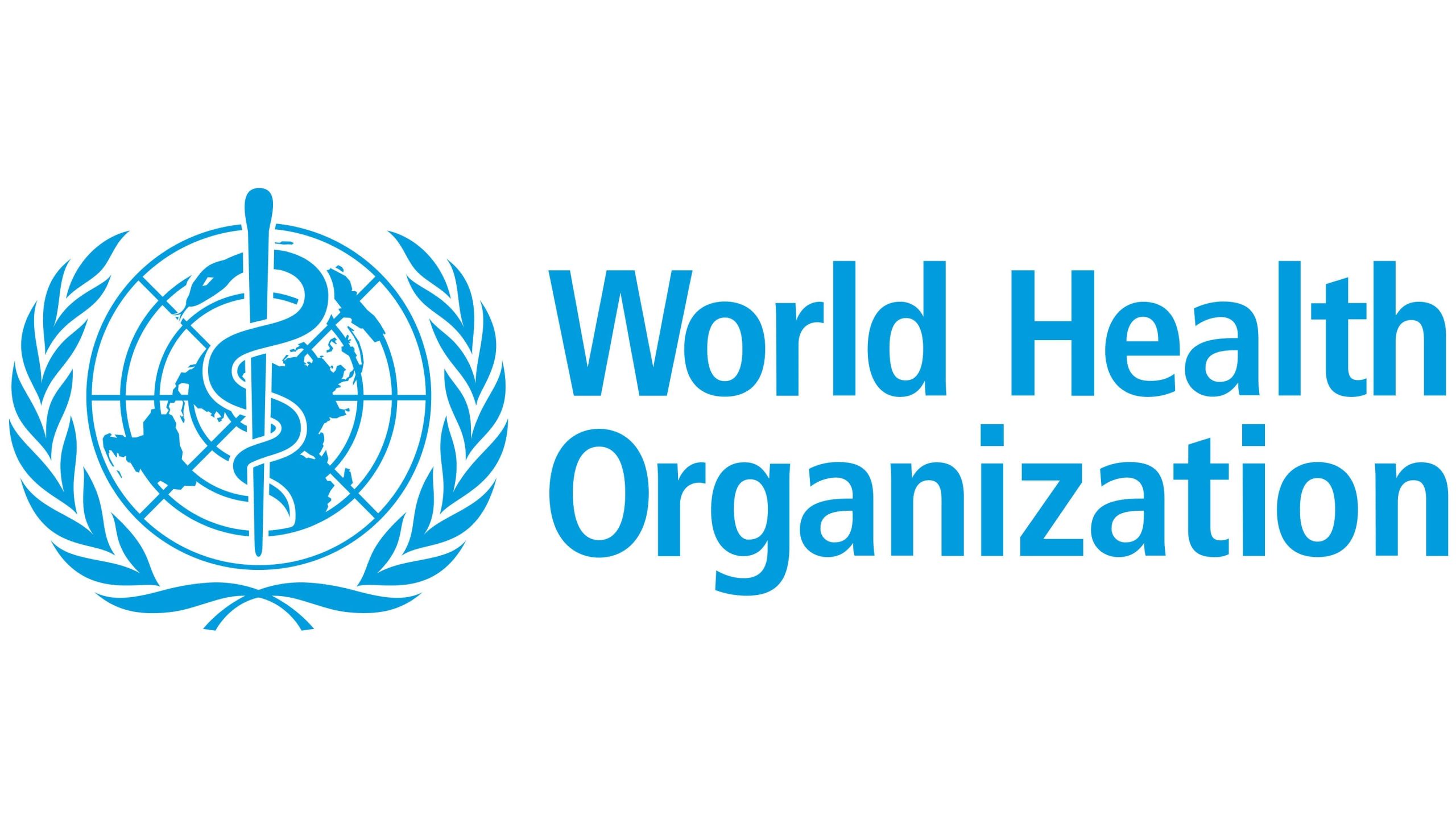
The Global Health Observatory is the WHO’s gateway to health-related statistics for its 194 Member States. It provides access to over 1,000 indicators on priority health topics including mortality and burden of diseases, the Millenium Development Goals, non-communicable disease and risk factors etc.
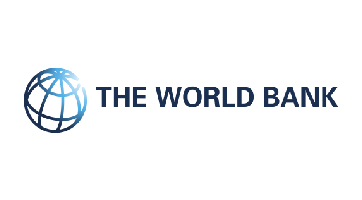
The Data Catalogue from the World Bank includes data from the World Bank’s microdata, finances and energy data platforms, as well as development indicators. Development indicators include things such as access to electricity, adequacy of social protection and labor programmes, among other wider determinants.

